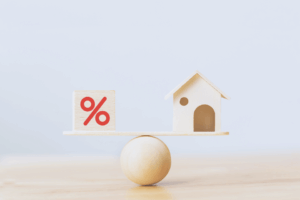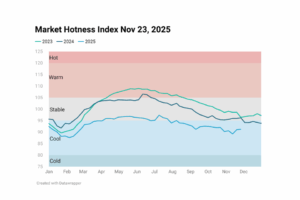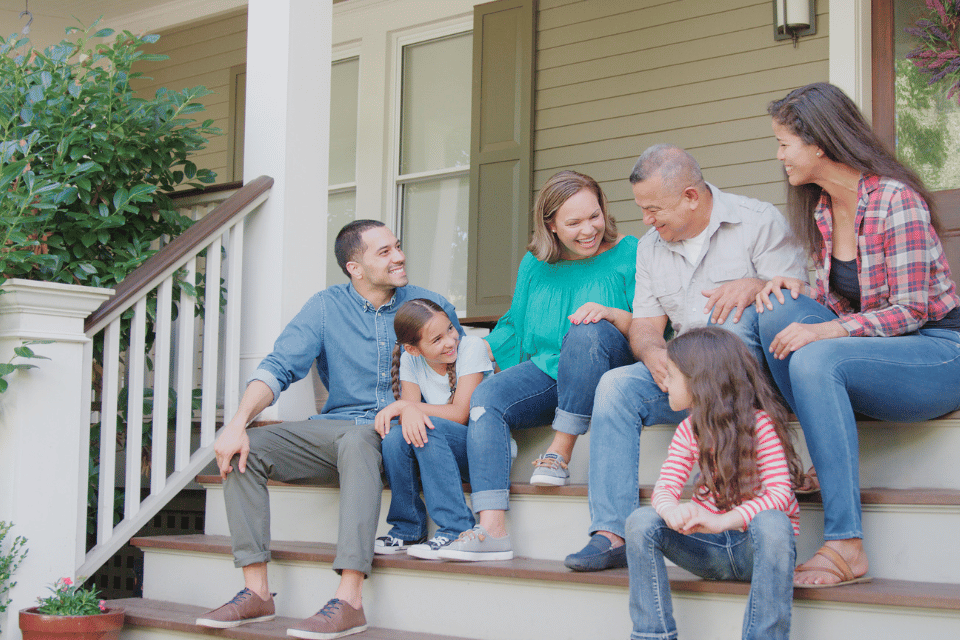New housing starts—a measure marking the beginning of construction on a new residential unit—fell to a five-year low in May 2025, signaling growing headwinds for the U.S. housing sector. Housing remains a critical component of the U.S. economy, supporting industries such as banking, construction, and real estate, while also playing a significant role in driving employment levels. Because housing starts reflect builder confidence and expectations of future demand, a decline in starts may signal increased caution, while rising starts suggest greater risk appetite and builder optimism.

According to a recent report by Realtor.com, the median list price for a newly built home in the first quarter of 2025 was $448,393. This represents a 0.3% decline from the first quarter of 2024 and a 1.3% drop from the same period in 2023. The report also highlights a broader trend in affordability, noting that in 26 of the 100 largest U.S. metros, both new construction prices and square footage have decreased year over year—evidence that builders are increasingly delivering smaller, more affordable homes. Additionally, the premium typically charged for new construction has dropped to its lowest first-quarter level since 2020.
Regional disparities continue to shape the housing landscape. The majority of homes built in recent years have been concentrated in the South and West. The South, in particular, boasts a larger share of new construction listings and a lower premium on new builds compared to the national average. In contrast, the Northeast has the smallest share of newly built homes but commands the highest premium for new construction among all U.S. regions.
The recent pullback in construction activity follows a string of survey data pointing to softening demand. According to the National Association of Home Builders (NAHB)/Wells Fargo Housing Market Index (HMI), 37% of homebuilders cut prices in June to attract buyers, while 62% reported offering various other buyer incentives to boost interest.
At the same time, the industry continues to struggle with a persistent shortage of skilled labor. A joint study by the Home Builders Institute (HBI) and the NAHB underscores the economic cost of this labor gap, calling it a multibillion-dollar annual challenge. The report estimates that roughly 19,000 homes went unbuilt in 2024 as a direct result of the skilled labor shortage, translating into an aggregate economic loss of $8.143 billion.
Looking ahead, builders’ ability to deliver affordable housing is likely to face further strain from elevated interest rates and ongoing tariff uncertainty. Rising trade tensions have increased material costs, and restrictive immigration policies threaten to worsen the labor shortfall. With demand softening and inventory of existing homes growing, the environment for new construction is becoming increasingly challenging. The combination of structural labor constraints, shifting regional dynamics, and macroeconomic headwinds points to a housing market that is under pressure.










